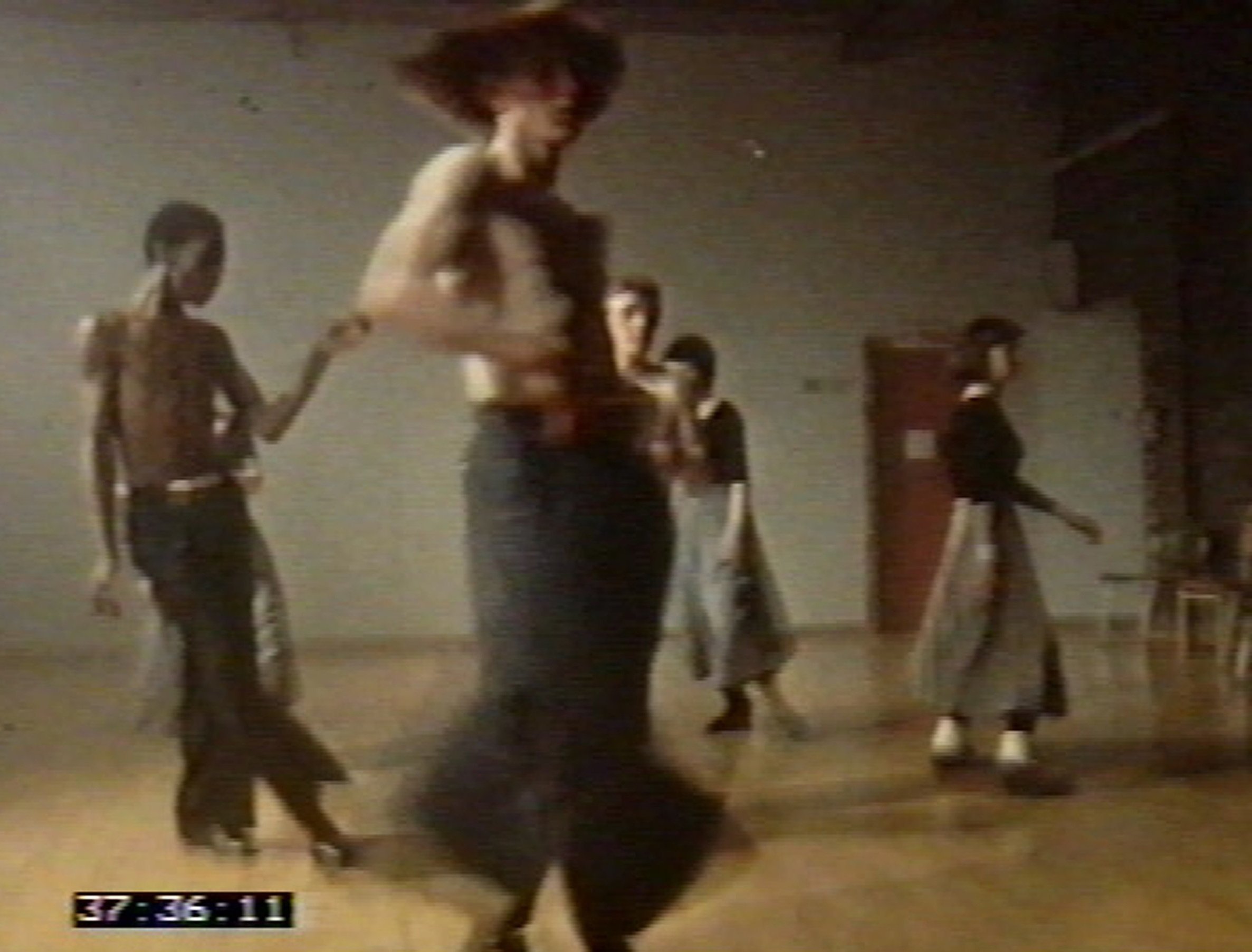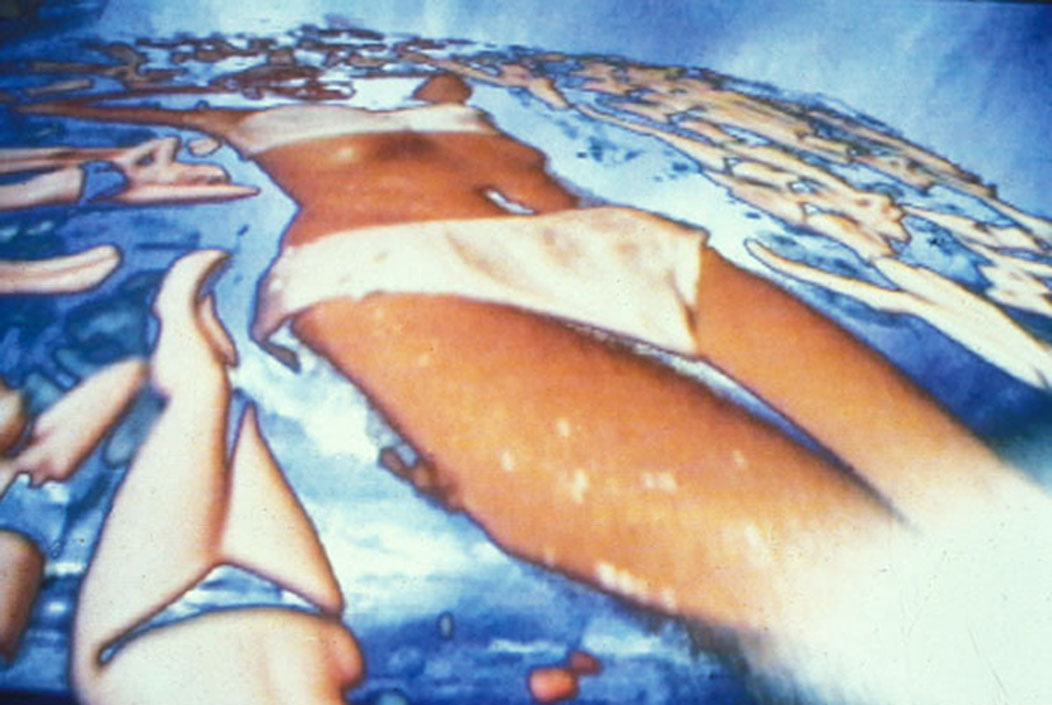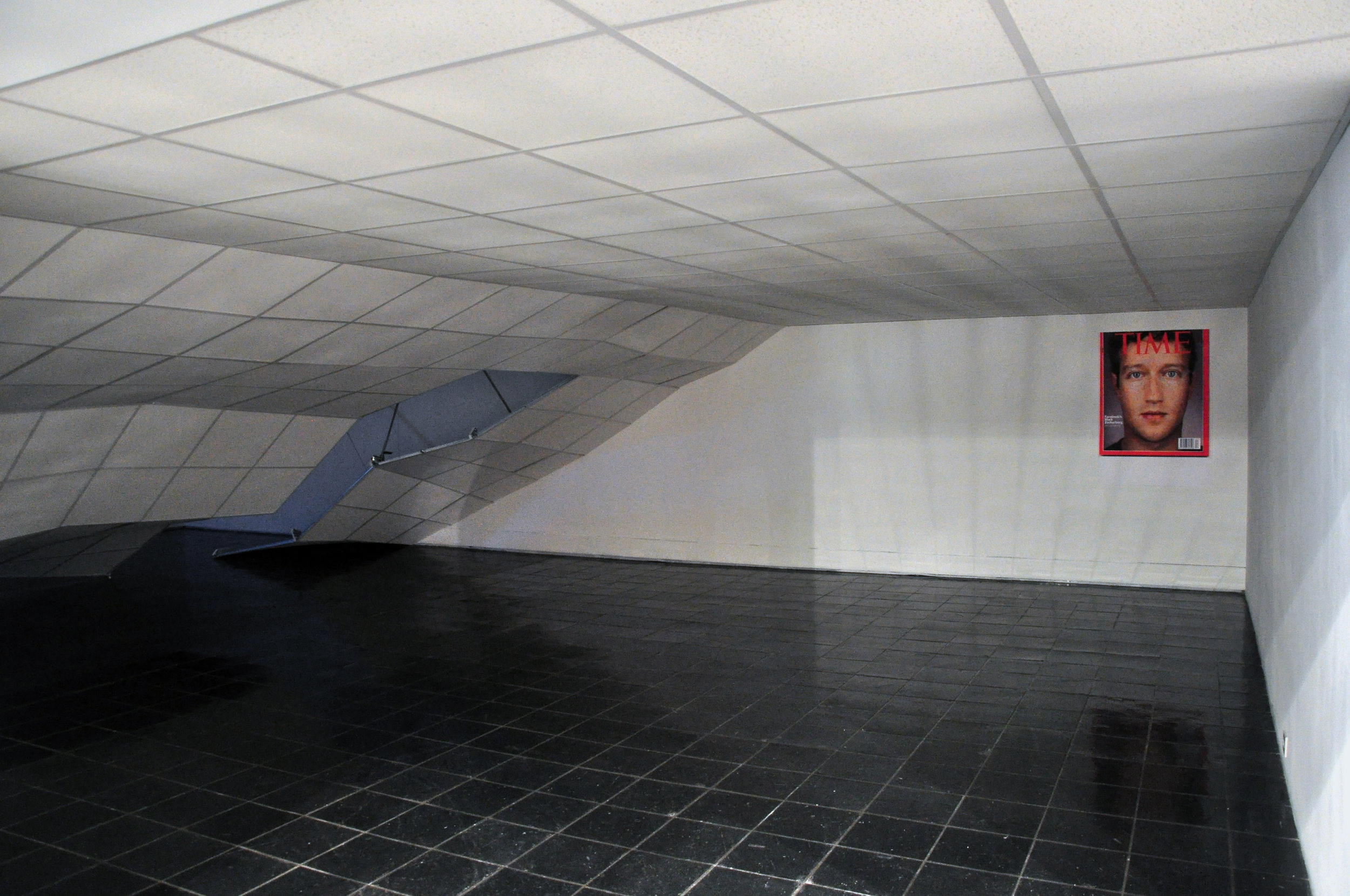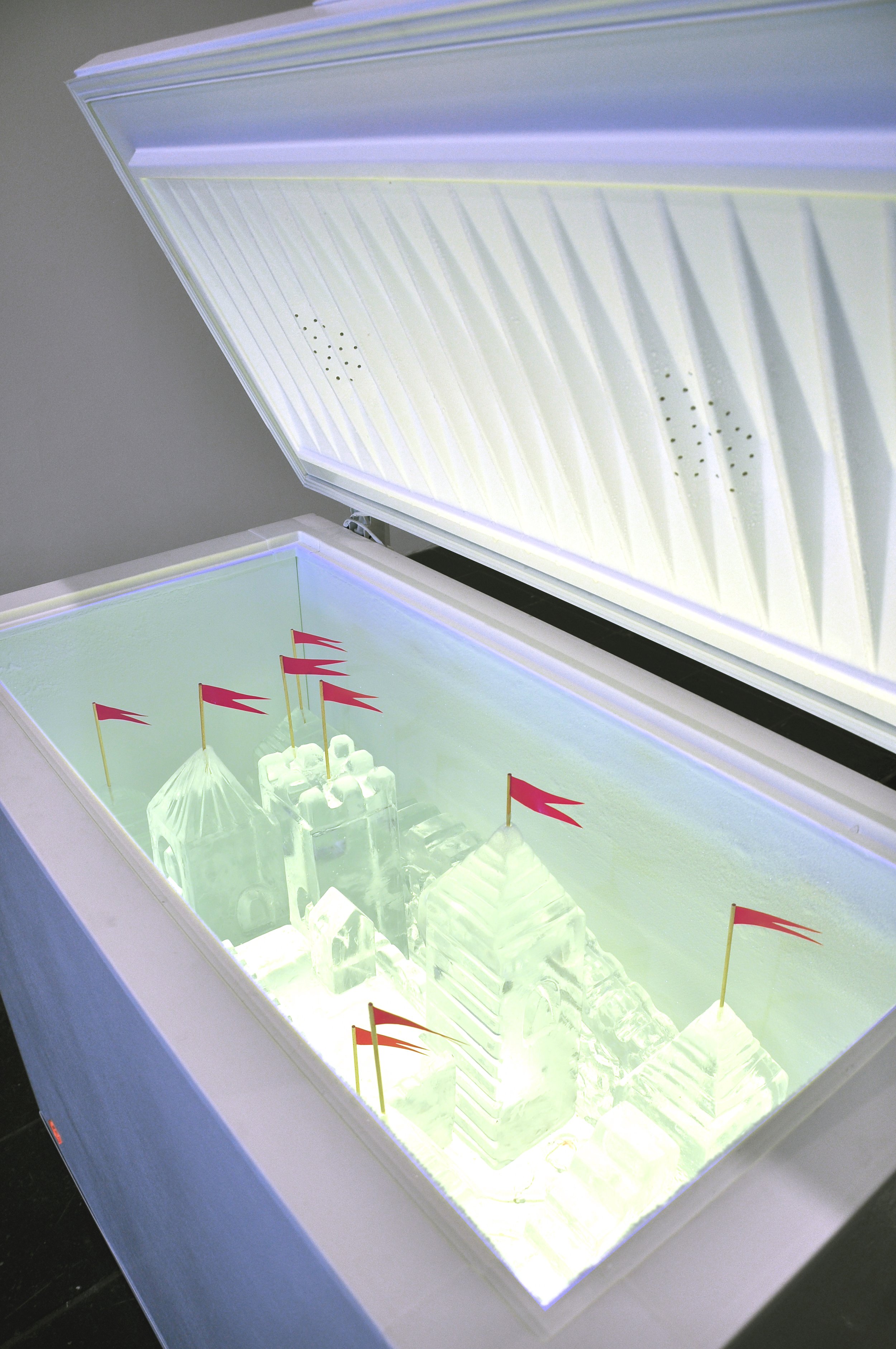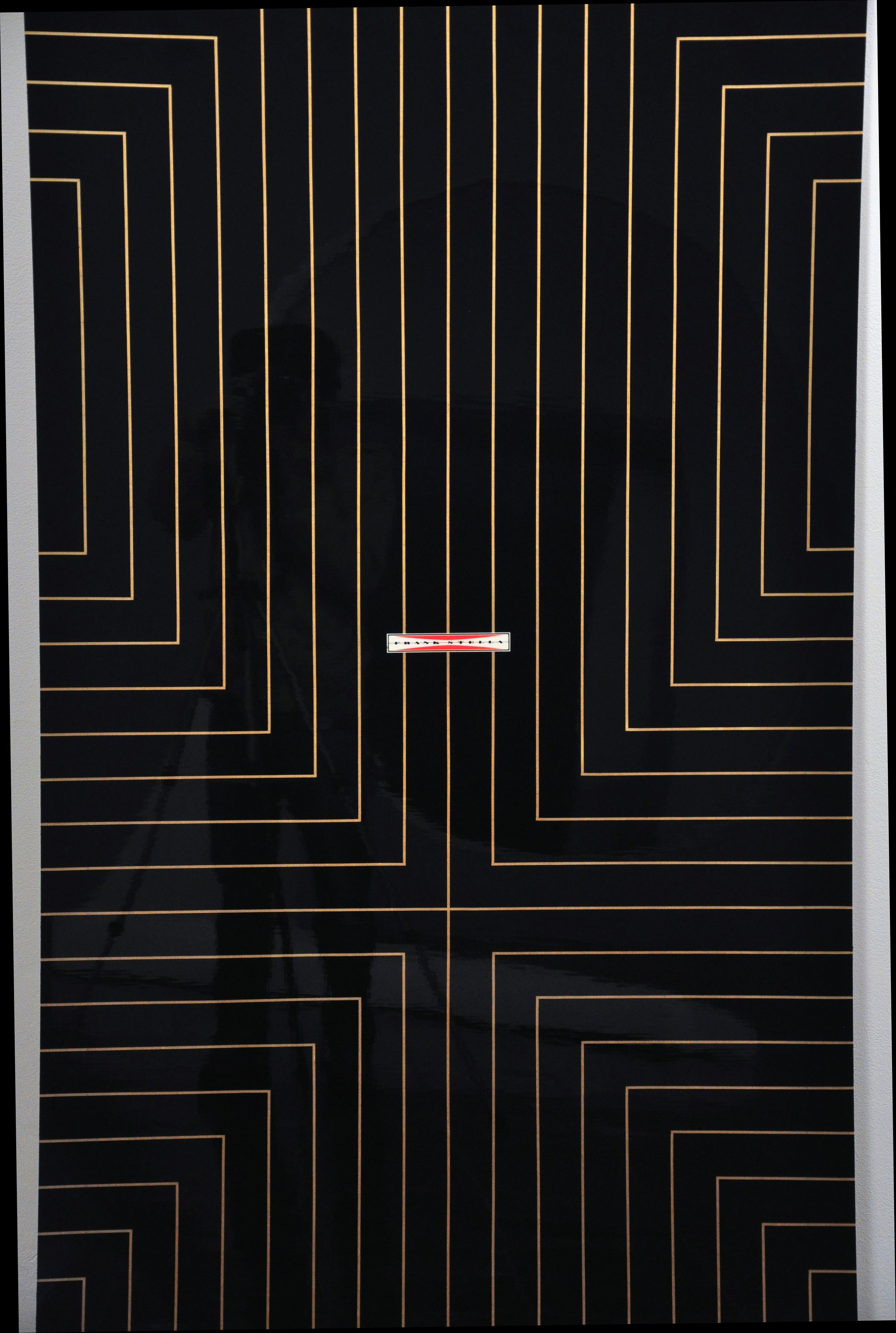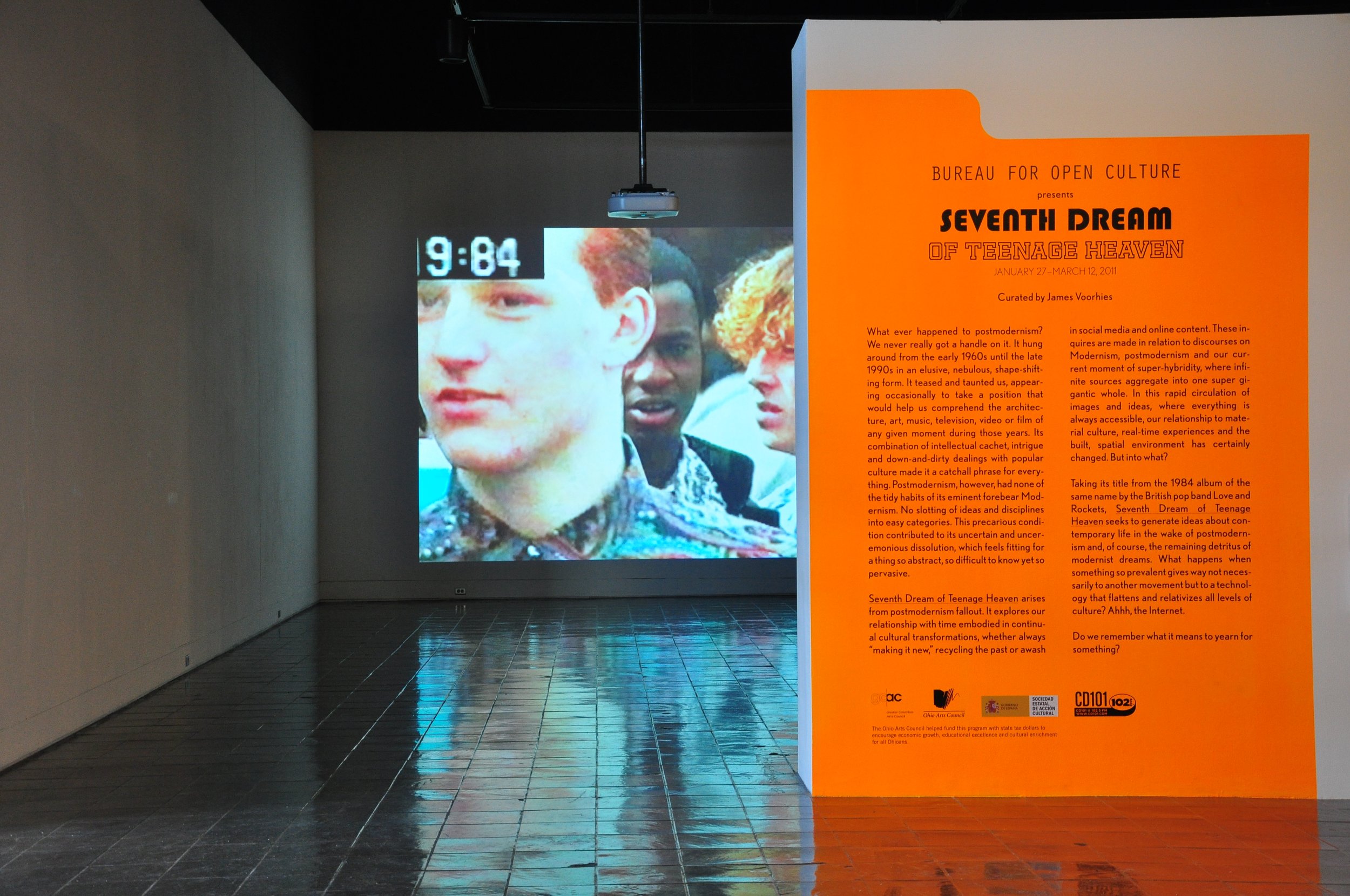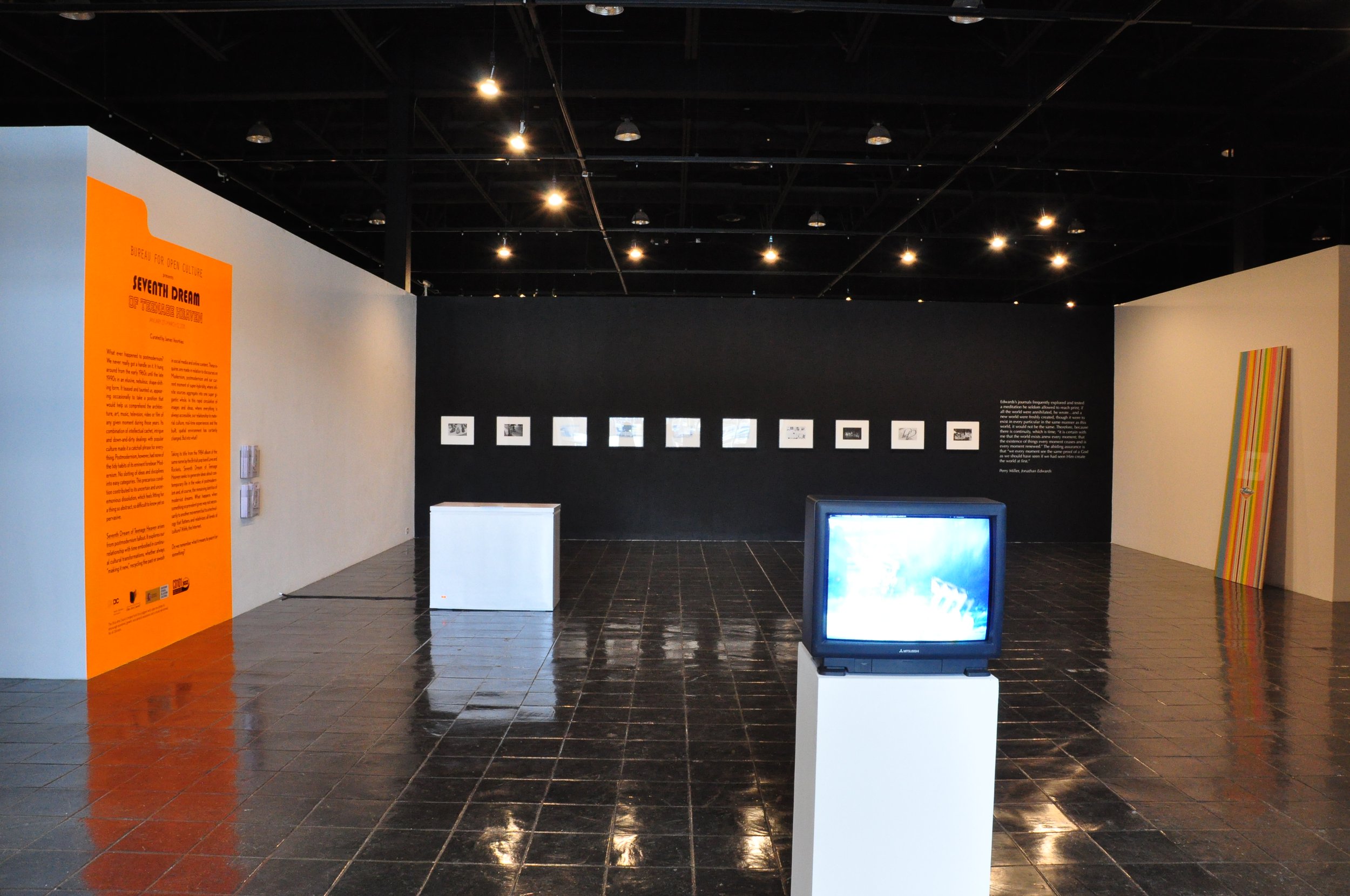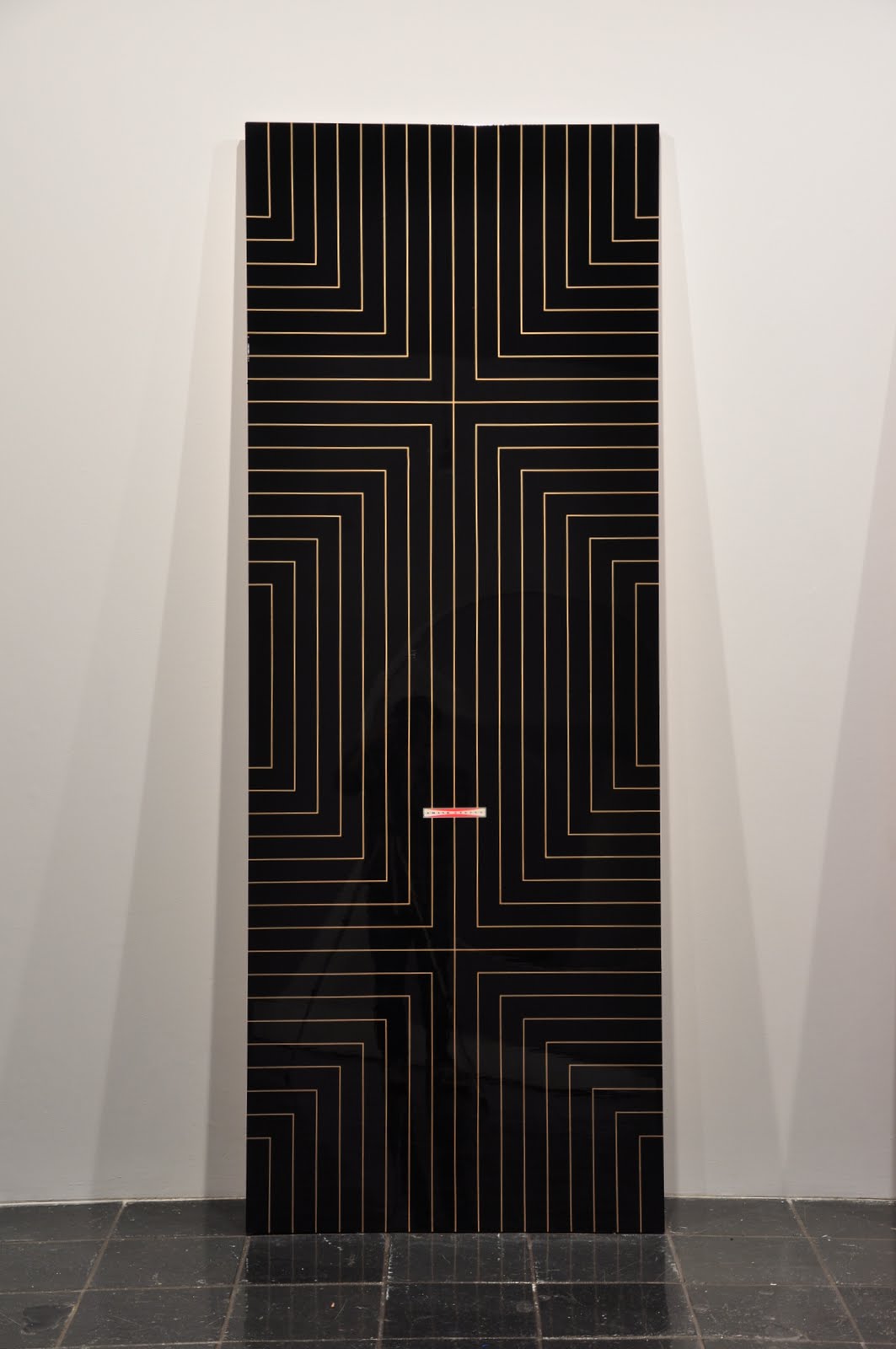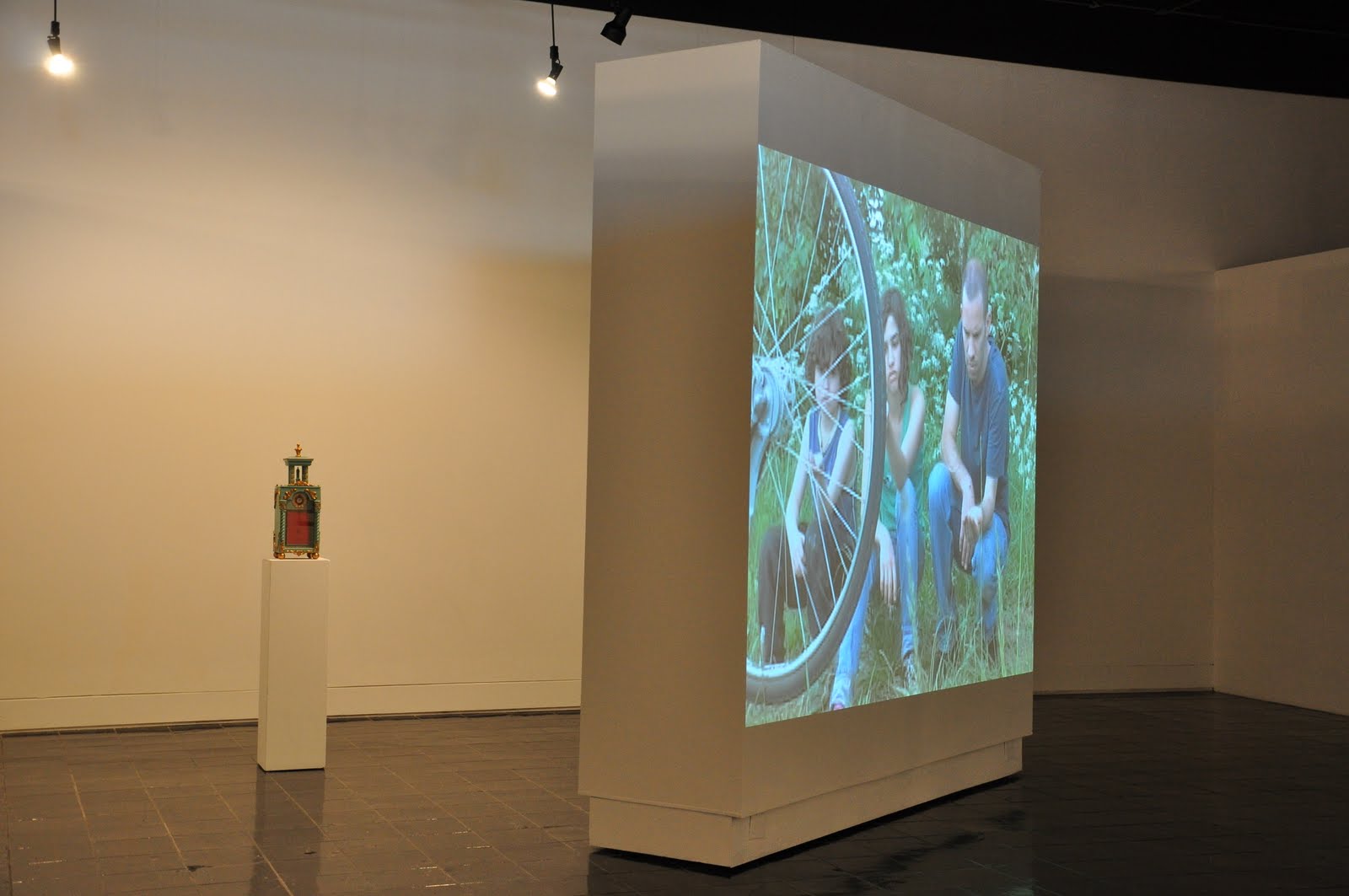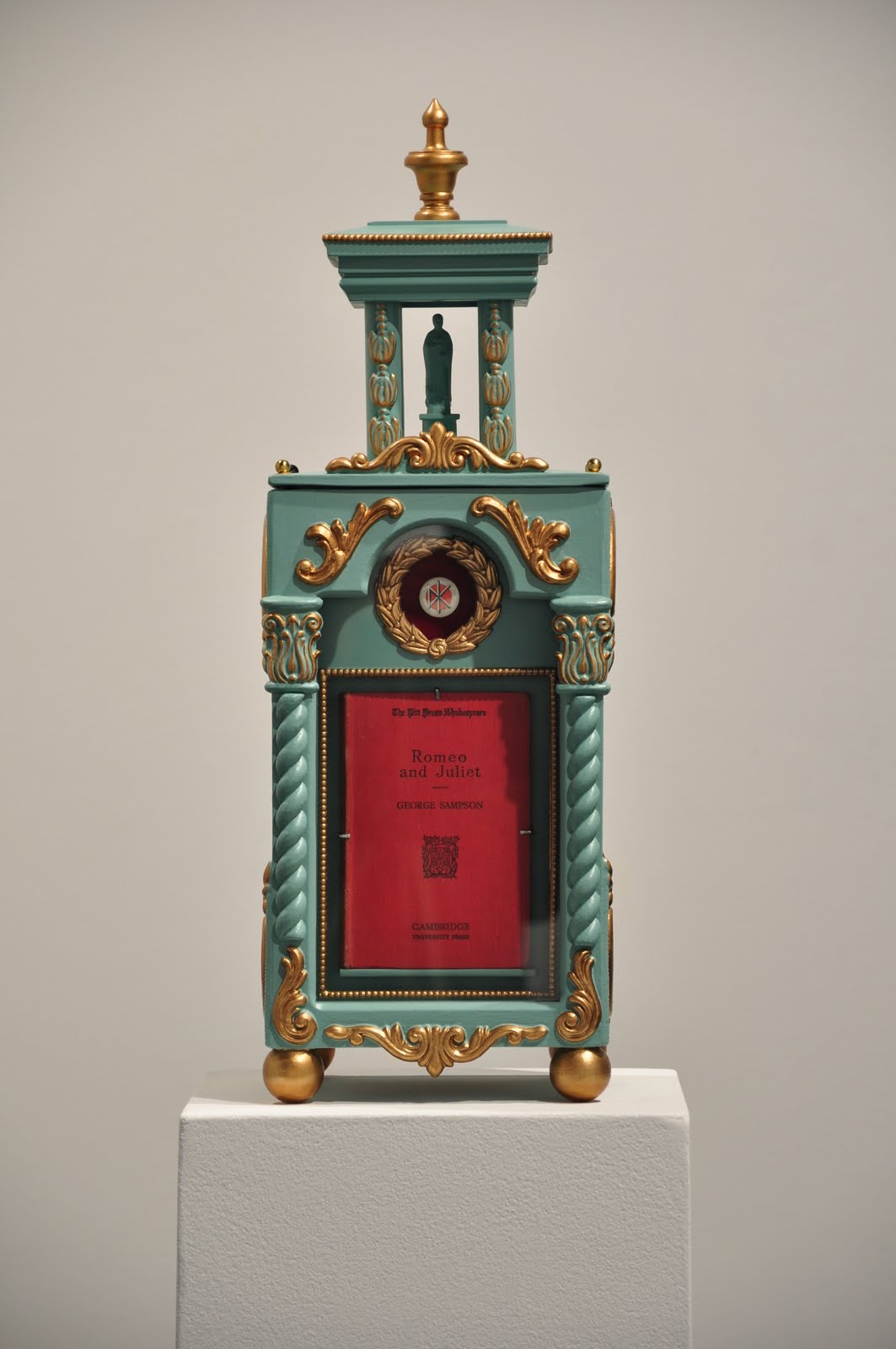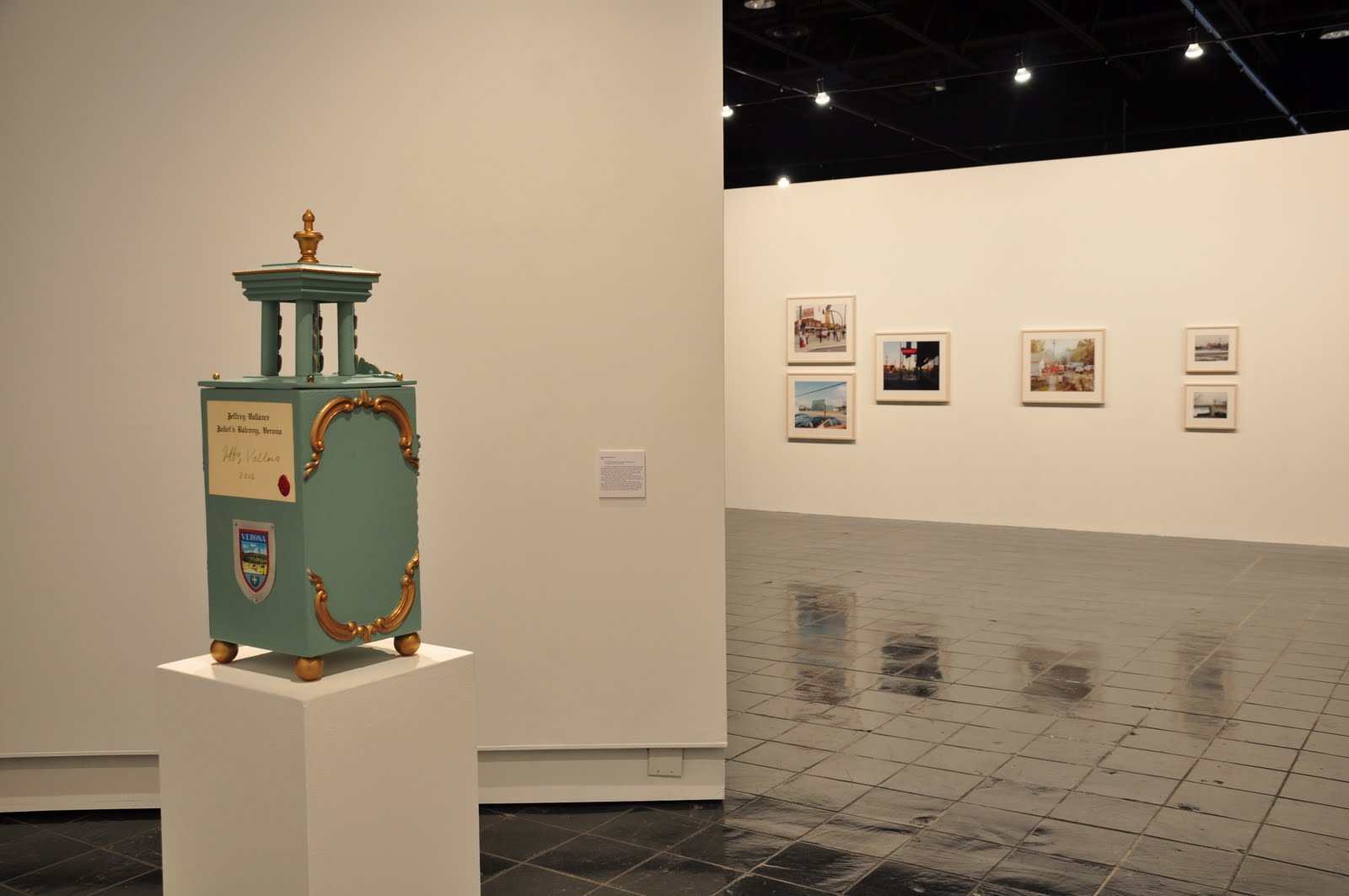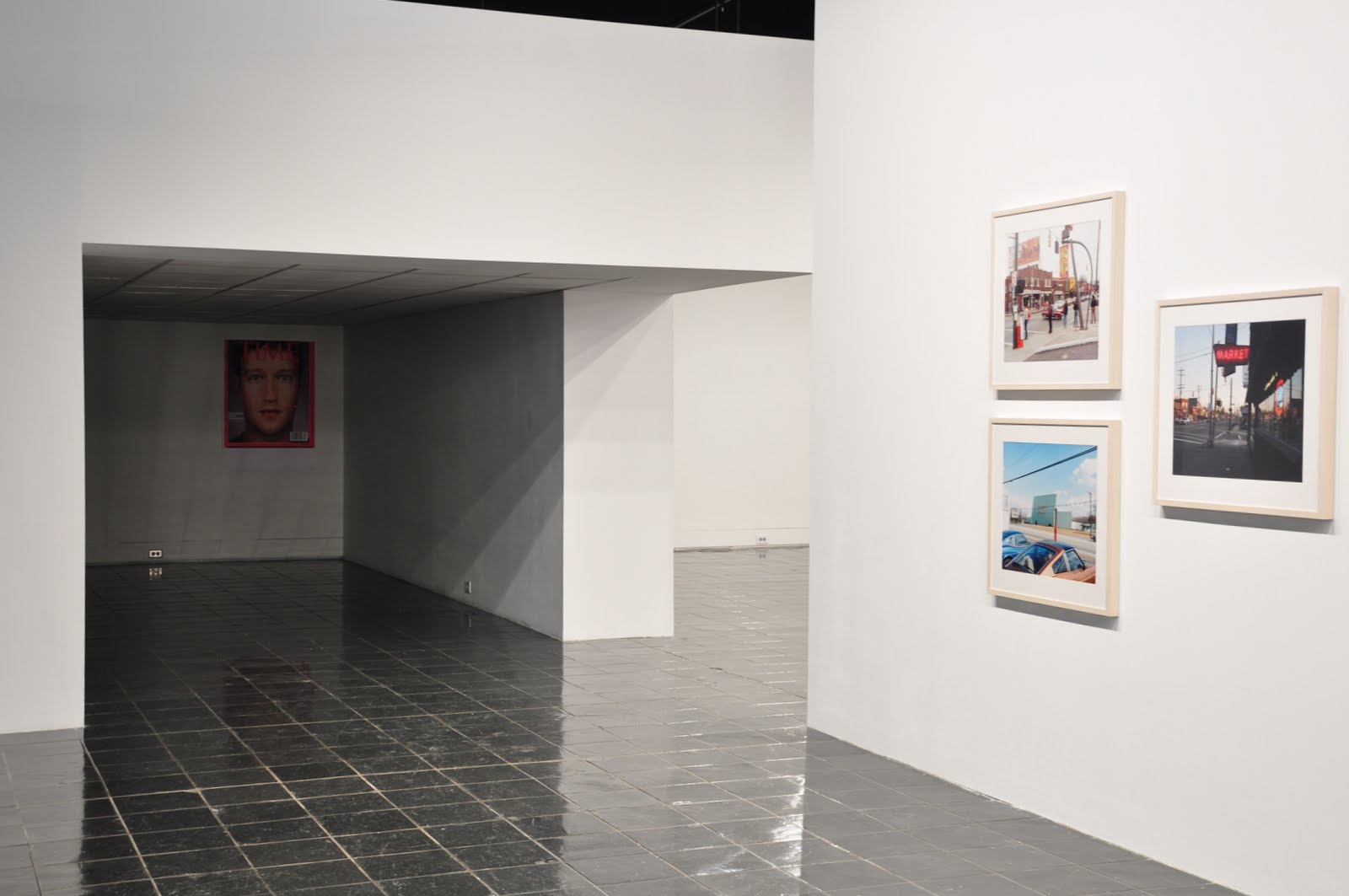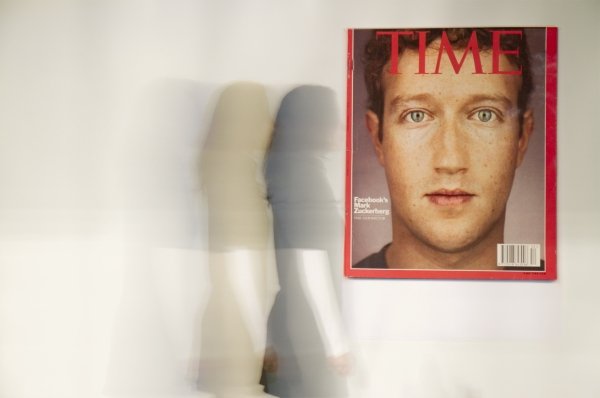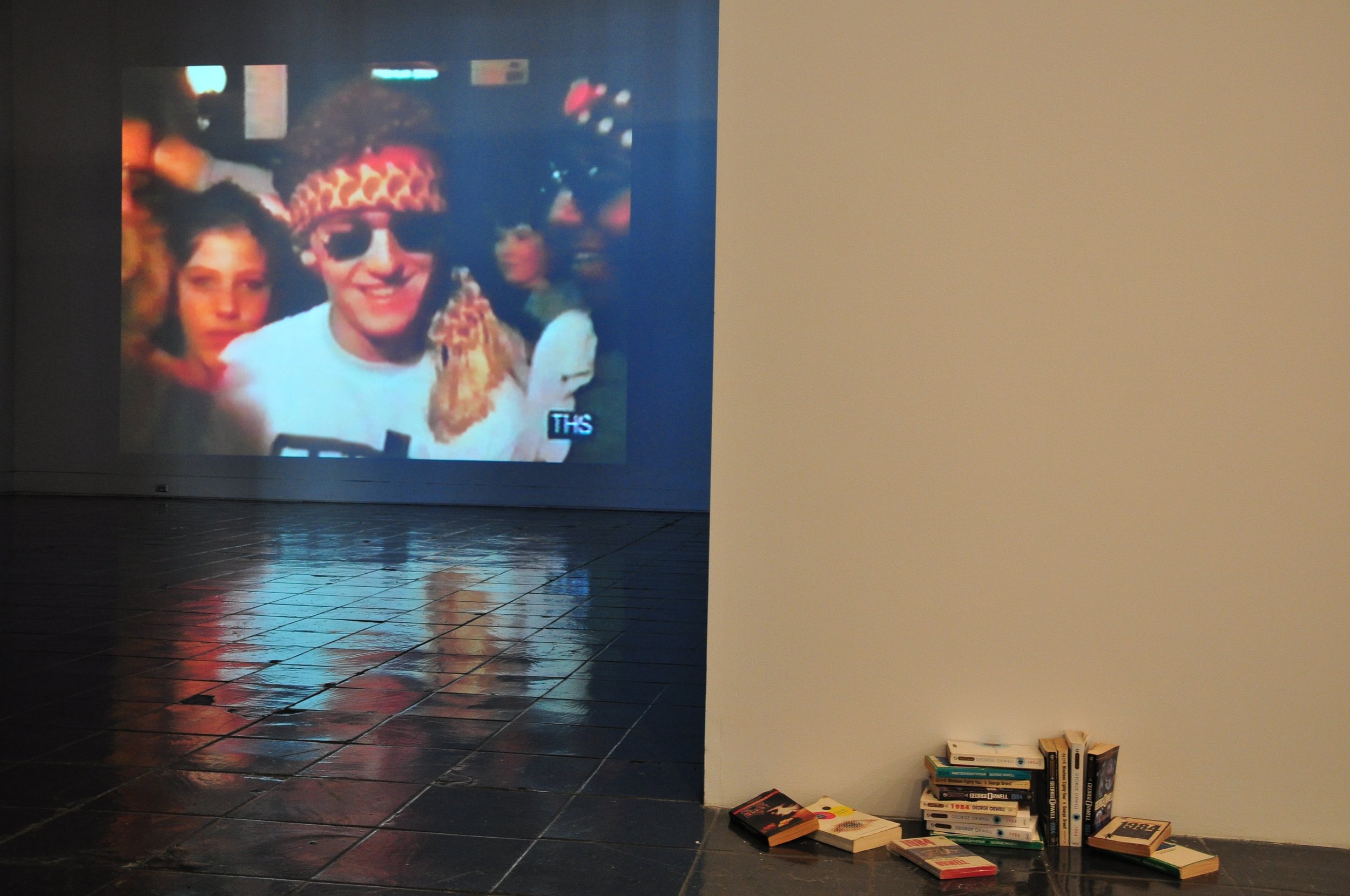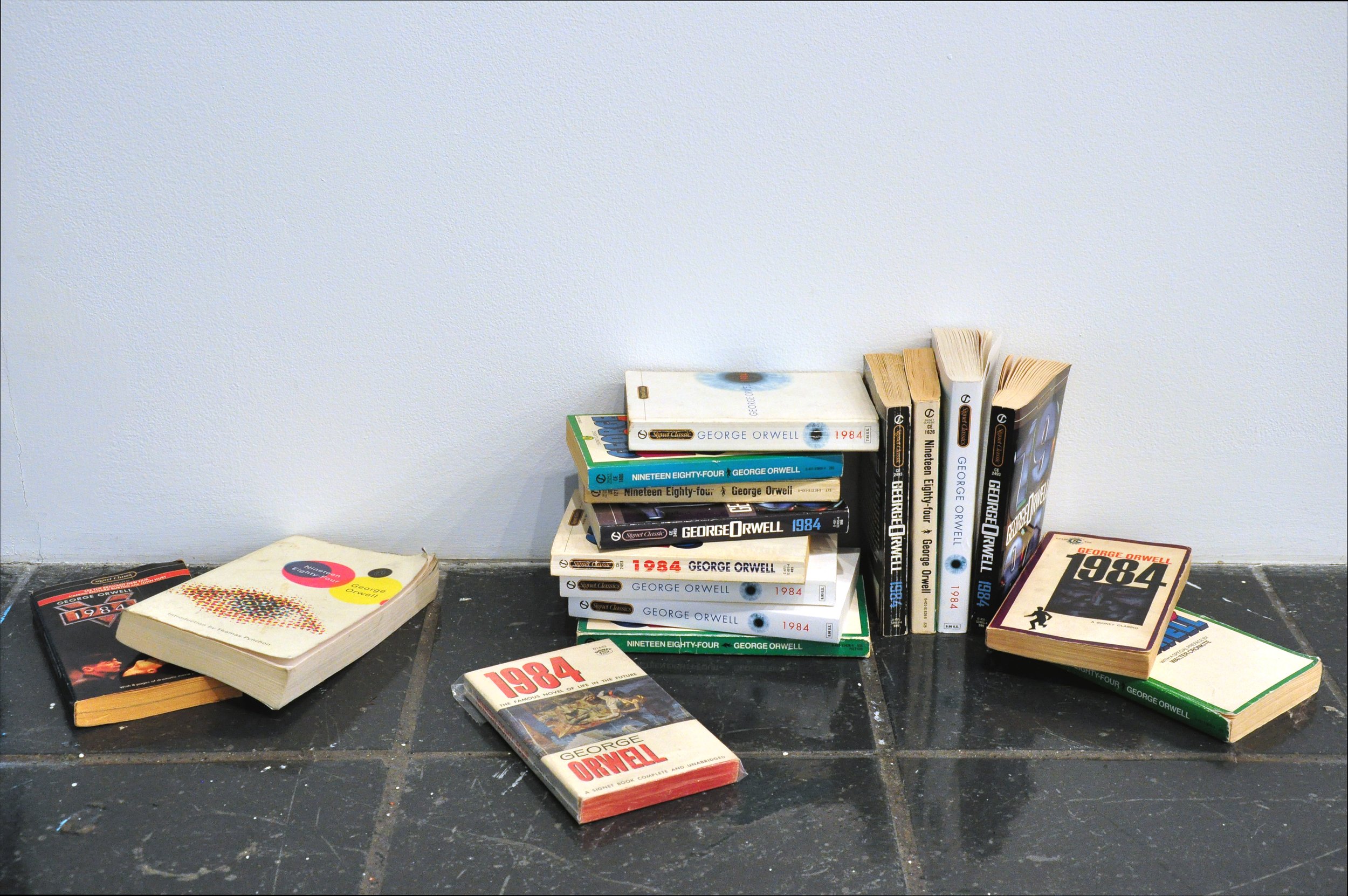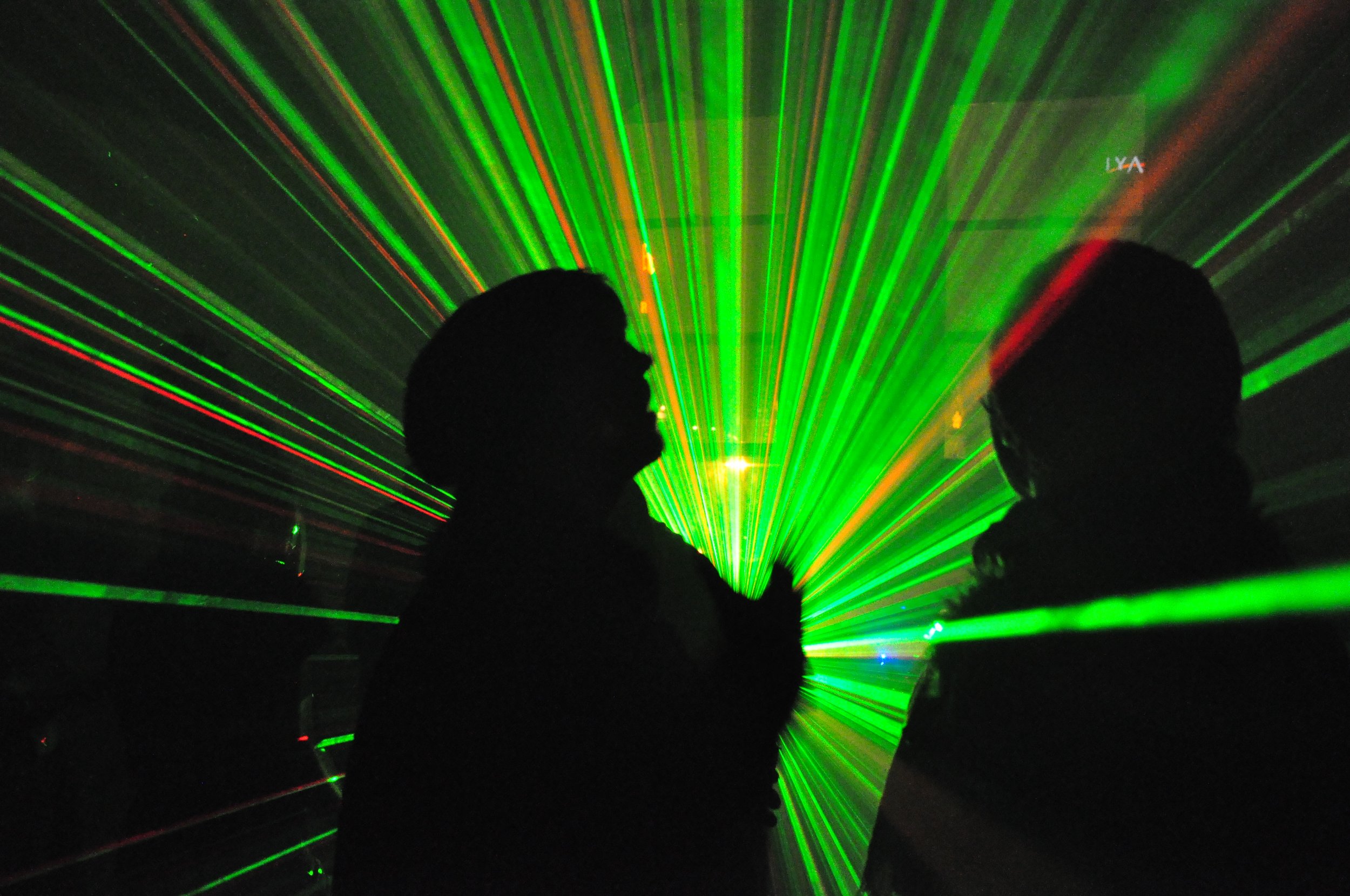Seventh Dream of Teenage Heaven

A group exhibition looking at changing relationships with time when unleashed from connections to material culture, media, and music.
Curated by James Voorhies
Columbus College of Art & Design, OH
January 27–March 12, 2011
Bennington College, Bennington, VT
April 5–29, 2011
Guy Ben-Ner, Joachim Brohm, Gerard Byrne, Malcolm Cochran, Peter Dayton, Ben Kinsley, Lara Kohl, Jeremy Kost, Mark Leckey, Mary Lum, Dennis McNulty, Timothy Nazzaro, Johannes Nyholm, Pipilotti Rist, Cassandra Troyan, Jeffrey Vallance, Alejandro Vidal
Made possible with funding and staff of Columbus College of Art & Design with grants from Greater Columbus Arts Council, Ohio Arts Council and Sociedad Estatal de Acción Cultural, plus funding from Bennington College; realized within my responsibilities as Director of Exhibitions at Columbus College of Art & Design
What ever happened to postmodernism? We never really got a handle on it. It hung around from the early 1960s until the late 1990s in an elusive, nebulous, shape-shifting form. It teased and taunted us, appearing occasionally to take a position that would help us comprehend the architecture, art, music, television, video or film of any given moment during those years. Its combination of intellectual cachet, intrigue and down-and-dirty dealings with popular culture made it a catchall phrase for everything. Postmodernism, however, had none of the tidy habits of its eminent forebear Modernism. No slotting of ideas and disciplines into easy categories. This precarious condition contributed to its uncertain and unceremonious dissolution, which feels fitting for a thing so abstract, so difficult to know yet so pervasive.
Seventh Dream of Teenage Heaven arise from postmodernism fallout. It explored our relationship with time embodied in continual cultural transformations, whether always “making it new,” recycling the past or awash in social media and online content. These inquires were made in relation to discourses on Modernism, postmodernism and the moment at that time referred to as “super-hybridity,” where infinite sources aggregated into one super gigantic whole. In this rapid circulation of images and ideas, where everything became always accessible, relationships with material culture, real-time experiences and spatial environments had changed. But into what?
Taking its title from the 1984 album of the same name by the British pop band Love and Rockets, Seventh Dream of Teenage Heaven sought to generate ideas about contemporary life in the wake of postmodernism and, of course, the remaining detritus of modernist dreams. What happens when something so prevalent gives way not necessarily to another movement but to a technology that flattens and relativizes all levels of culture? Ahhh, the Internet.
Do we remember what it means to yearn for something?
Book
Documentation Columbus College of Art & Design
Documentation Bennington College
Columbus College of Art & Design, OH
January 27–March 12, 2011
